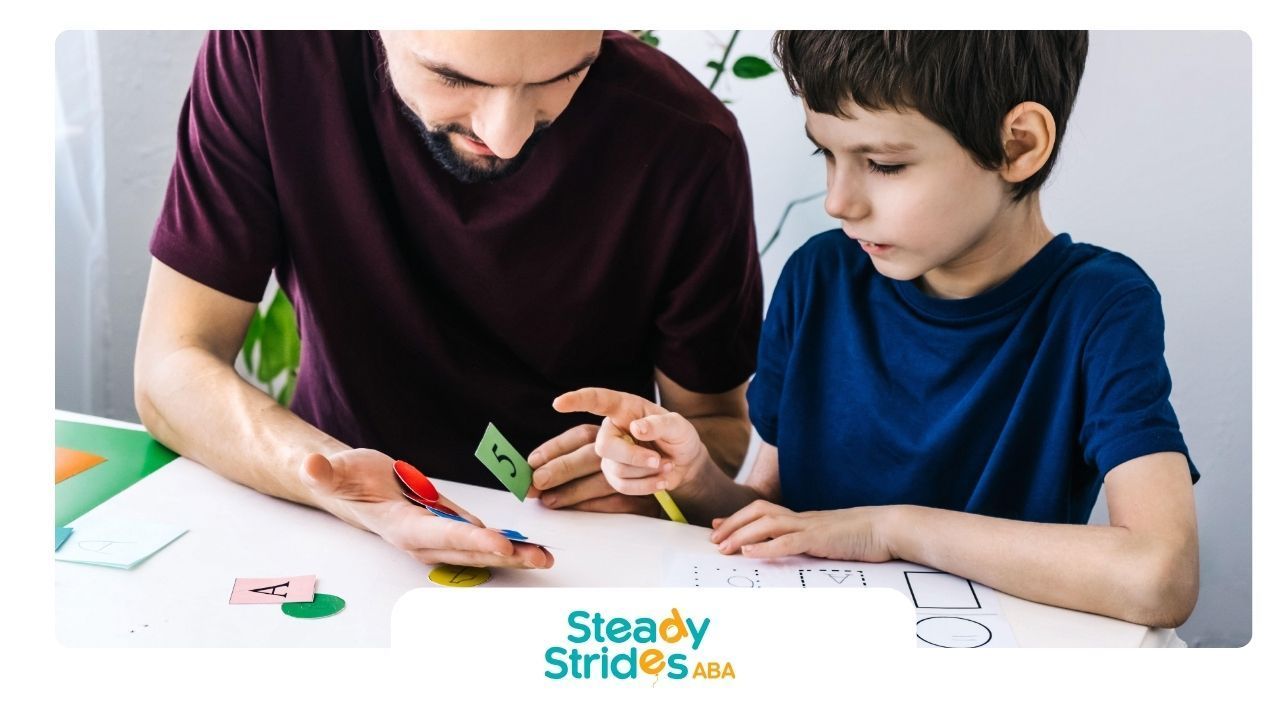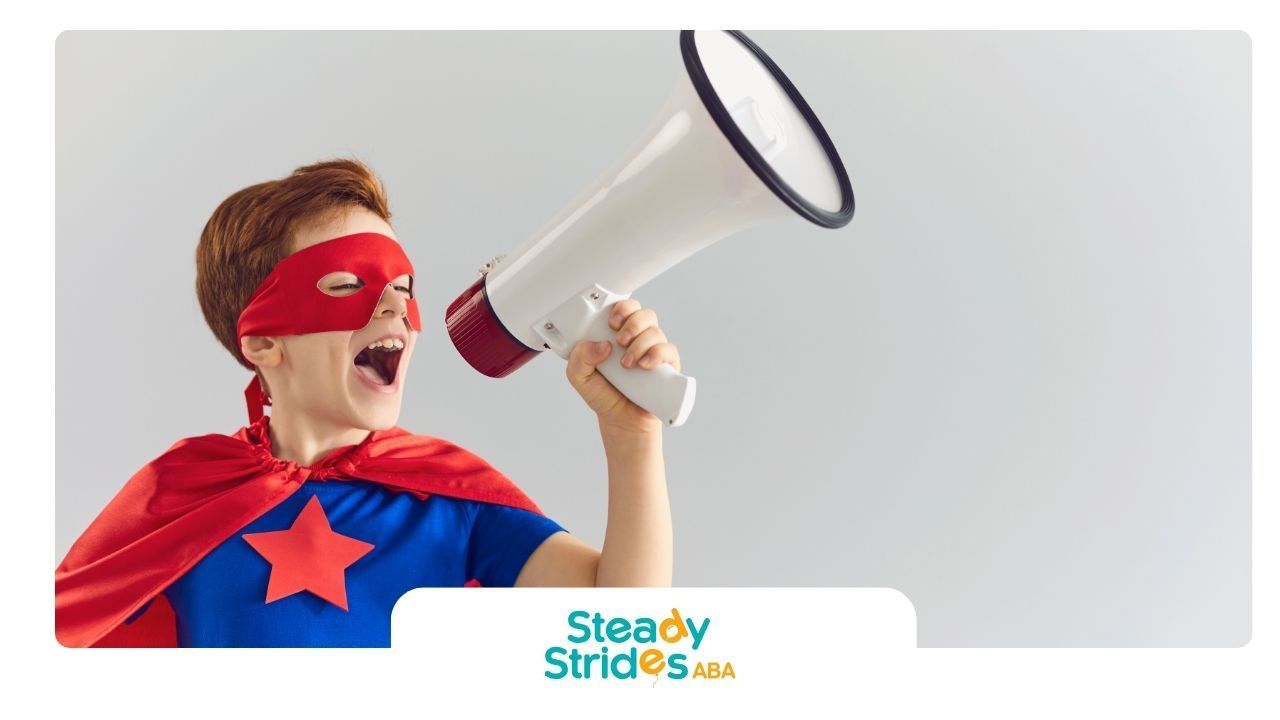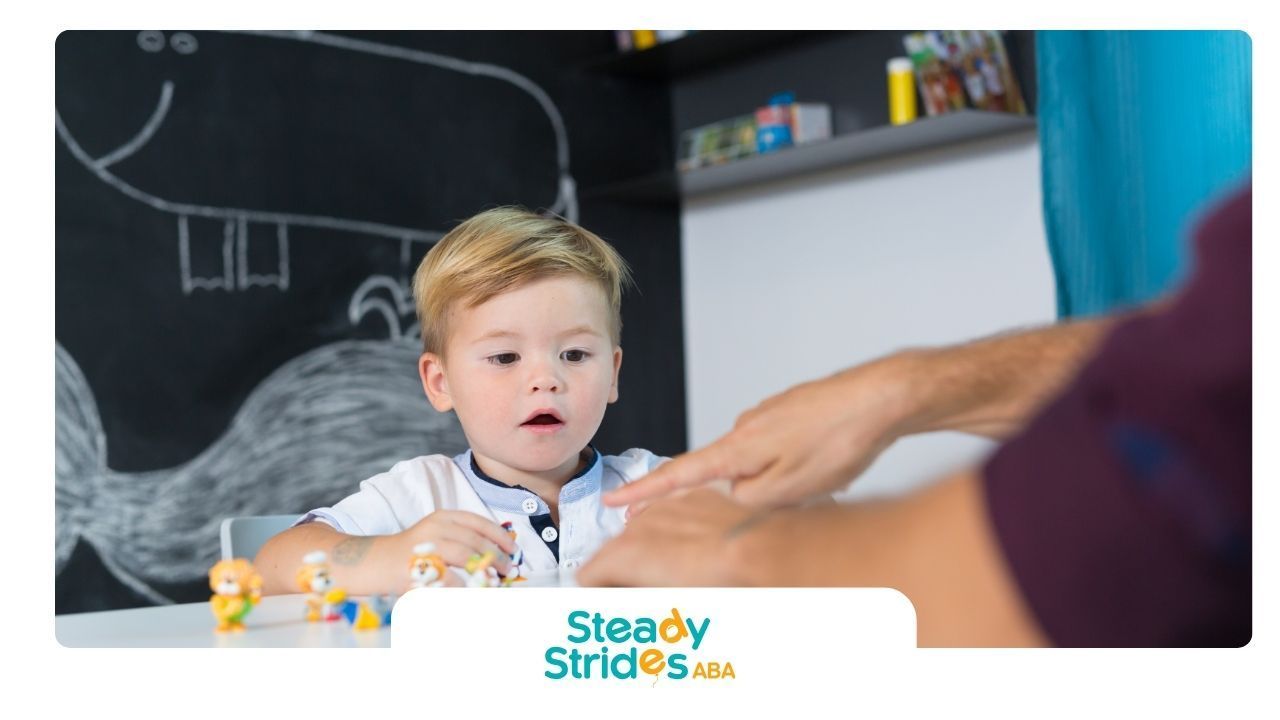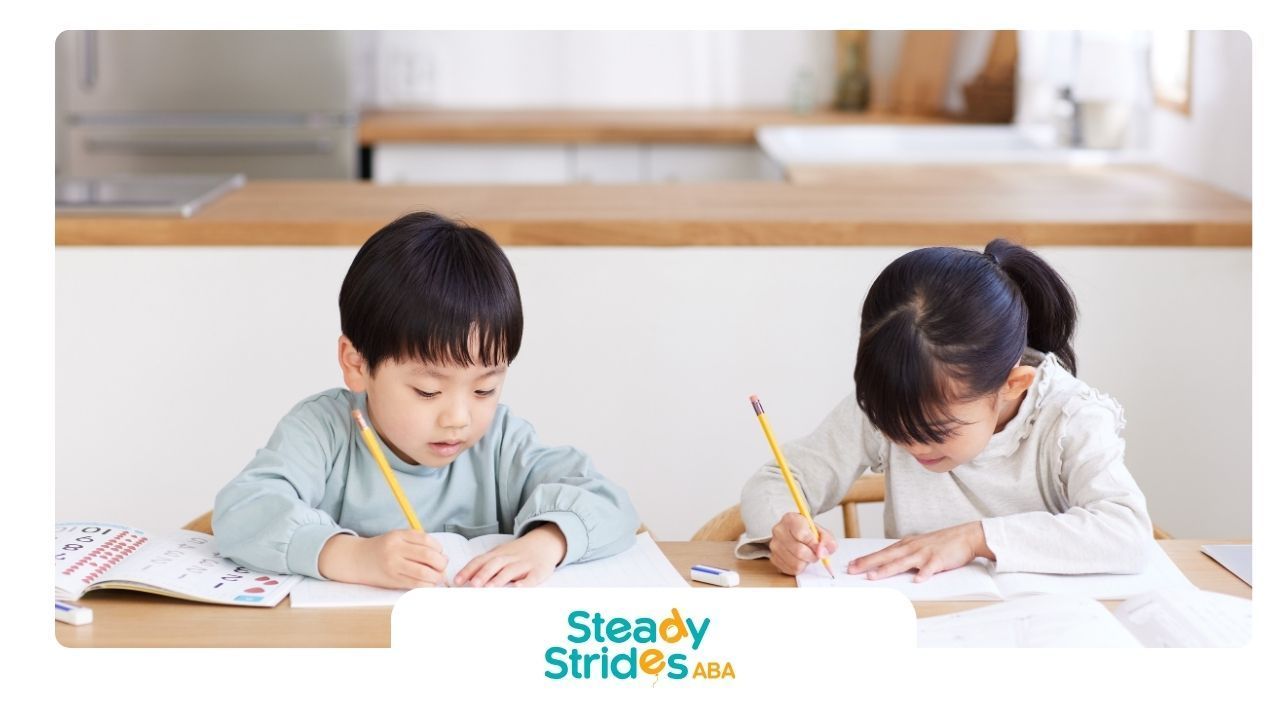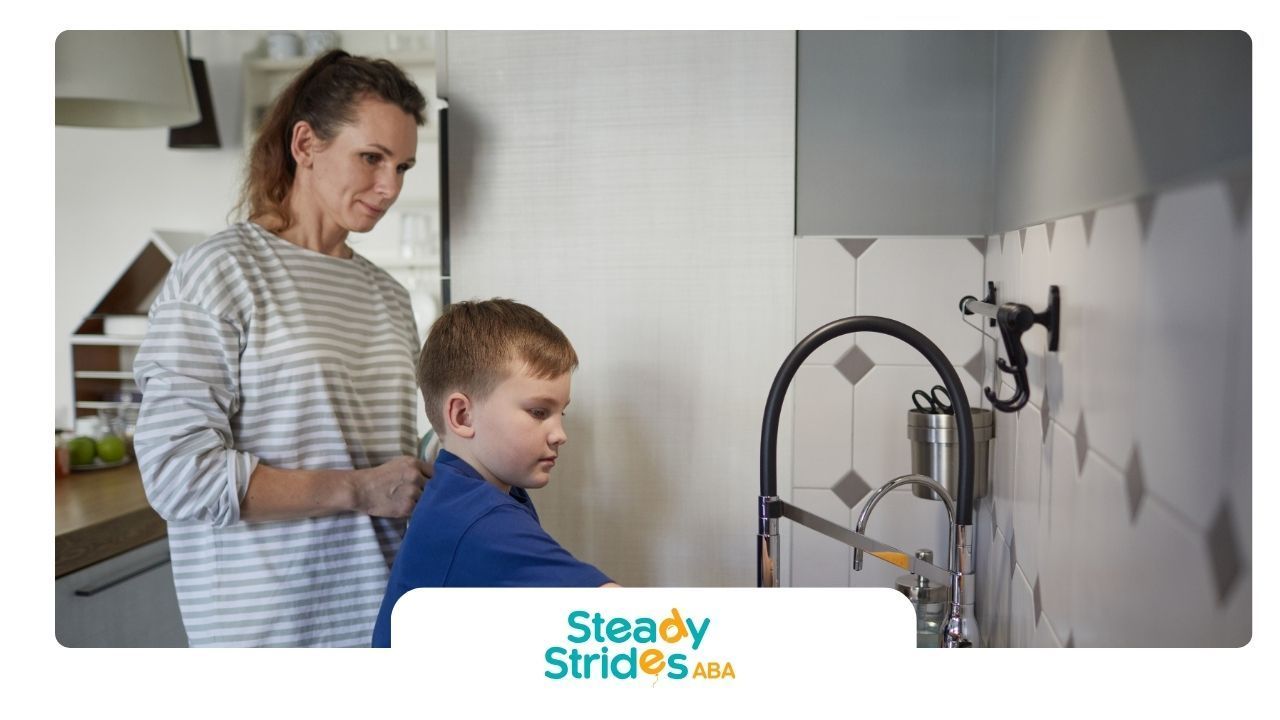Starting ABA therapy can be a significant step for both children and their families. The first day is often filled with anticipation, curiosity, and perhaps a bit of anxiety. Understanding what to expect can help ease these feelings and set the stage for a successful therapeutic journey.
In this article, we will explore in detail what happens on the first day of ABA therapy, how to prepare your home for therapy, and how to assess the
effectiveness of the therapy as it progresses.
Understanding ABA Therapy: A Quick Refresher
ABA therapy is a research-backed approach that uses positive reinforcement to teach communication, social, and daily living skills while reducing challenging behaviors. It’s personalized, data-driven, and widely recognized as the gold standard for autism intervention.
Before the First Day: How to Prepare
Preparation is key to a smooth start. Here’s how to set the stage for the first day of ABA therapy:
1. Complete Intake Paperwork
You’ll receive forms to outline your child’s medical history, preferences, and goals. This helps our Board Certified Behavior Analysts (BCBAs) design a tailored plan.
2. Discuss Goals with Your BCBA
During a pre-session consultation, you’ll identify priorities, such as improving communication or mastering self-care tasks.
3. How Do I Prepare My Home for ABA Therapy?
If sessions are home-based:
- Create a Calm Space: Designate a clutter-free area with minimal distractions.
- Gather Supplies: Toys, learning materials, and rewards (e.g., stickers, snacks).
- Safety Check: Secure sharp objects or breakables.
For clinic-based sessions, we handle the setup—just bring comfort items like a favorite toy!
The First Day: A Detailed Walkthrough
1. Initial Assessment
The first session typically begins with an initial assessment conducted by a qualified behavior analyst or therapist. This assessment serves several purposes:
- Gathering Information: The therapist will collect data about your child's strengths, challenges, interests, and preferences. This may include asking questions about your child's developmental history, medical background, and any specific concerns you might have.
- Identifying Goals: Together with you, the therapist will discuss potential goals for therapy. These goals are tailored to address your child's unique needs and may cover areas such as communication skills, social interactions, behavior management, and daily living skills.
- Observation: The therapist may observe your child during play or routine activities to gain insights into their behavior patterns and interactions with their environment.
2. Building Rapport
Establishing a positive relationship between your child and the therapist is essential for effective therapy. During this time:
- Engagement in Play: The therapist will engage your child in fun activities that they enjoy. This not only helps in assessing your child's skills but also creates a relaxed atmosphere where your child feels comfortable.
- Interactive Questions: The therapist may ask questions directed at your child to gauge their communication abilities and interests. They might also inquire about family routines or preferences to better understand how to support your child effectively.
- Creating Positive Associations: The goal is to ensure that your child associates therapy sessions with enjoyable experiences. This foundation is critical for encouraging participation in future sessions.
3. Parent Involvement
As a parent or caregiver, your involvement is vital during this initial session:
- Sharing Insights: You will have the opportunity to share valuable information about your child's likes, dislikes, daily routines, and any specific challenges they face.
- Collaborative Goal Setting: Working together with the therapist helps ensure that the goals set for therapy align with what you envision for your child's development.
- Understanding Expectations: The therapist will explain what you can expect from future sessions and how you can support your child's progress at home.
After the First Day: Next Steps
- Regular Sessions: Most clients attend 10–25 hours weekly, depending on needs.
- Data-Driven Adjustments: BCBAs review progress weekly to tweak interventions.
- Parent Training: Workshops teach techniques to support learning beyond the clinic.
How Do I Prepare My Home for ABA Therapy?
Preparation is key to ensuring that both you and your child feel ready for the first day of ABA therapy. Here are some steps you can take:
1. Create a Comfortable Environment
- Designate a Therapy Space: If possible, set aside a quiet area in your home where therapy sessions can take place. This space should be free from distractions and equipped with necessary materials like toys or learning tools that align with your child's interests.
- Comfort Items: Encourage your child to bring along favorite toys or comfort items that can help them feel secure during sessions.
2. Establish Routines
- Daily Schedule: Having a consistent daily routine can help your child feel more secure and prepared for therapy sessions. Discuss the schedule with them so they know what to expect.
- Incorporate Breaks: Make sure there are breaks built into the routine to avoid overwhelming your child during longer sessions.
3. Communicate with Your Therapist
- Discuss Preferences: Share any specific preferences or concerns you have regarding the therapy process with the therapist ahead of time.
- Ask Questions: Don’t hesitate to ask questions about what materials or resources might be needed during sessions.
How Do I Know If ABA Therapy Is Working?
As therapy progresses, it’s important to monitor its effectiveness. Here are some indicators that ABA therapy may be working for your child:
1. Observable Changes in Behavior
- Skill Acquisition: Look for improvements in specific skills targeted during therapy sessions, such as communication abilities or social interactions.
- Behavioral Adjustments: Notice any positive changes in challenging behaviors; these may include reduced frequency or intensity of outbursts or increased compliance with requests.
2. Data Collection
ABA therapy relies heavily on data collection to track progress:
- Progress Reports: Your therapist should provide regular updates on how well your child is meeting their goals based on data collected during sessions.
- Goal Achievement: Evaluate whether specific goals set at the beginning of therapy are being met over time.
3. Feedback from Your Child
- Self-Reporting: As children become more aware of their progress, they may express feelings about their experiences in therapy—whether they enjoy it or feel accomplished by learning new skills.
Conclusion: Start Your Journey with Confidence
The first day of ABA therapy is just the beginning. At Steady Strides ABA, we’re committed to making it a positive, empowering experience for your child—and you. With our expertise and compassionate approach, we’ve helped thousands of Texas families unlock potential.
Ready to take the next step?
Call Steady Strides ABA today to schedule your child’s first session. Together, we’ll build a foundation for growth, one milestone at a time.
Frequently Asked Questions
What should you expect on the first day of ABA therapy?
Introductions, assessments, and play-based activities to build comfort.
How do I prepare my home for ABA therapy?
Create a quiet space, gather preferred toys, and discuss logistics with your BCBA.
How do I know if ABA therapy is working?
Track skill milestones, behavior changes, and review data with your team.
What if my child is anxious?
Therapists use gradual exposure and preferred activities to ease stress.




